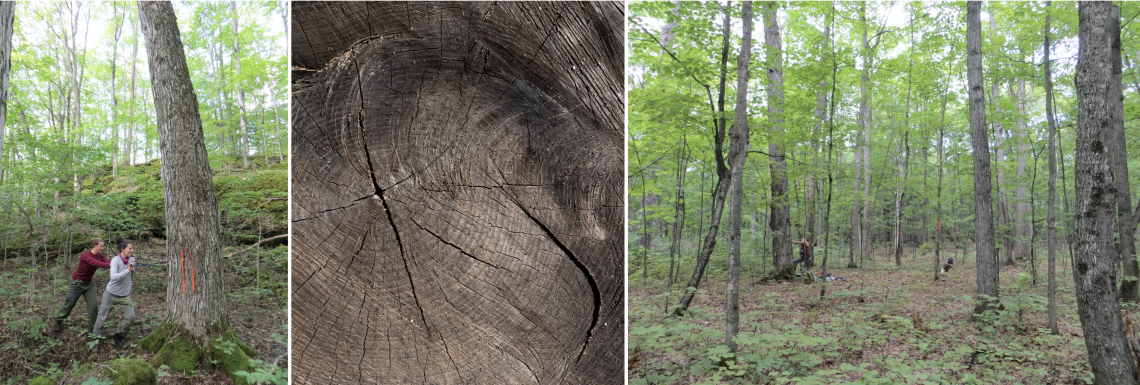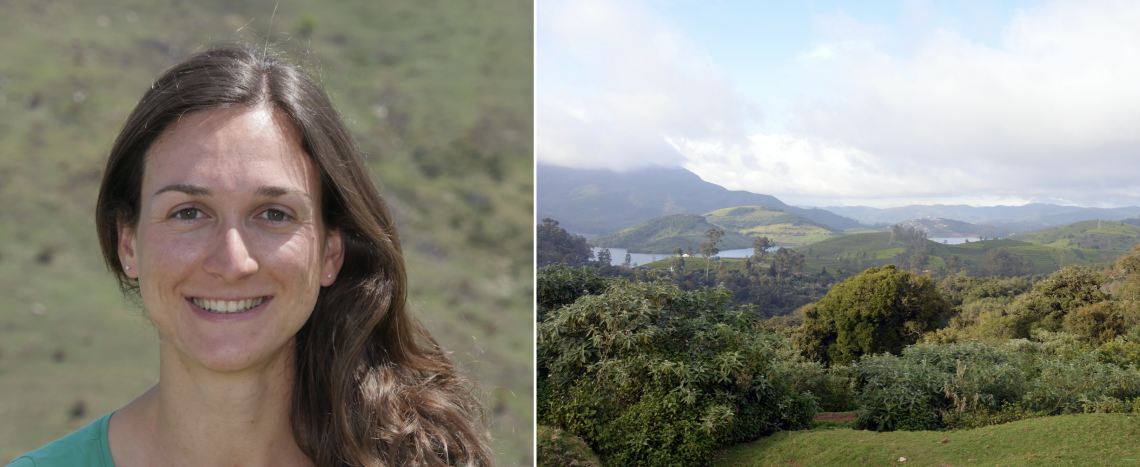News

Consider transgenerational effects when assessing toxicity
In ecotoxicological research, we study how toxic chemicals entering the environment can affect plants, animals, and entire ecosystems. To understand how those contaminants harm organisms, we generally start with experiments conducted in a safe laboratory environment. In these laboratory experiments, different organisms are exposed to different concentrations of the environmental contaminant of interest.

"Trees do not always act their age" - Improved methodology to estimate tree growth
Forests provide a habitat for many species and forests also store a large amount of carbon. This means that healthy forests can slow down climate change by taking up and storing some of the excess carbon dioxide we pump into the atmosphere. It is therefore really important to understand how forests respond to climate change. Do forests grow better and healthier with the changing climate or do forests suffer under climate change? Past research into that topic has been somewhat inconclusive.

Anne-Sophie Lafuite receives the Webster Post-Doctoral Fellowship
Congratulations to Anne-Sophie Lafuite for winning the Webster Post-Doctoral Fellowship in Environmental Sciences.
The fellowship awards $10’000 towards a research project that is ground-breaking within environmental science and its main goal is to contribute towards a better planet. Dr. Anne-Sophie Lafuite was awarded this fellowship for her working with Prof. Madhur Anand.
Several fully-funded M.Sc and PhD positions available - Ecohydrology Research
Graduate student recruitment is currently underway in association with three distinct projects pertaining to ecohydrology, hydrobiogeochemistry and hydropedology research.
1) CONNECTIVITY MODELLING PROJECT